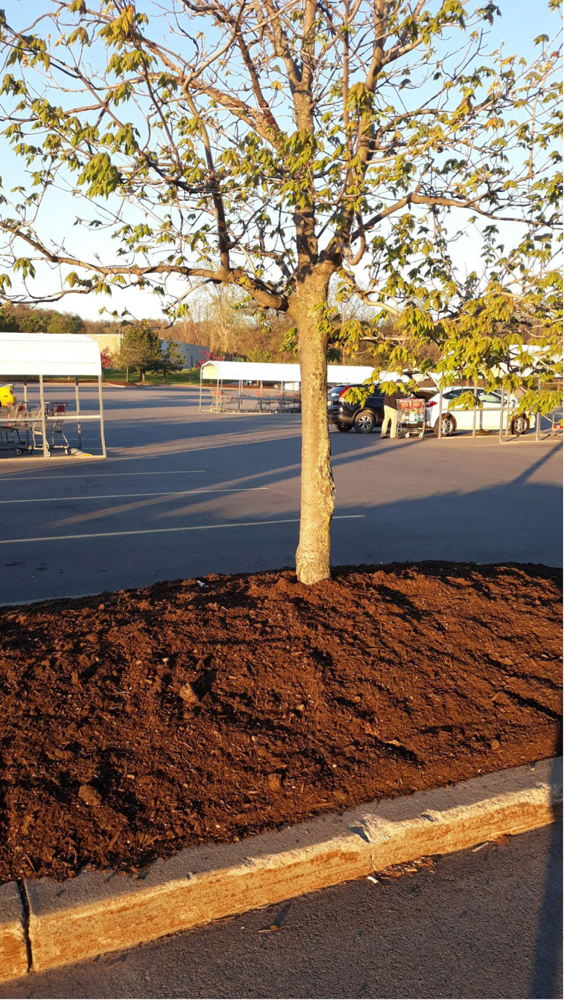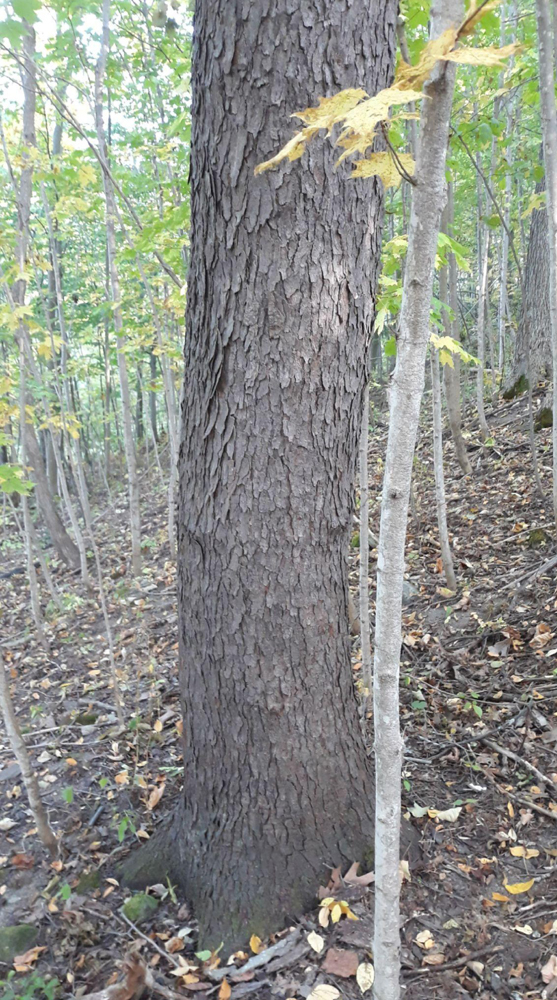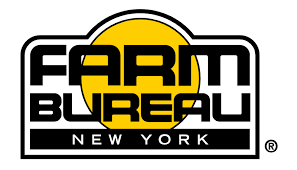
I
For most people, mulching their gardens and other plantings is an annual spring event. There are so many benefits of mulch – keeping the roots cool when the temperatures are very hot and retaining moisture are just a couple of the advantages. Some people like to use a permanent mulch of stone over fabric, which provides the aforementioned advantages. Using an organic mulch (shredded bark, for example, with no weed fabric) offers the additional asset of turning into compost as it breaks down over time. Critters that live in the soil – worms, ants, and other tunneling animals – will work that compost into the soil, providing nutrients to the plants growing there.
For years, the recommendation was to apply two to three inches of fresh mulch each year. It has been discovered that if the previous season’s mulch has not broken down, two to three inches of new mulch will raise the level of the bed and can cause issues for the plants. Plant roots respire whenever the plants are active. While some plants are naturally shallow-rooted, all plants have feeder roots that are not far below the soil surface. In respiration, the roots take in oxygen and give off carbon. Mulch that is piled too high over roots can interfere with the availability of oxygen. In addition, mulches vary depending on the source of the bark that is ground and how fine the grinding is. Because of this, some mulches break down faster than others. Repeatedly adding fresh mulch on top of slow-to-breakdown mulch can raise the grade (top level) of the bed, resulting in the roots being too far below the surface.
In addition, mulch that piles up against the trunk of a tree can cause the development of girdling roots. These roots, rather than growing out laterally, wrap around the trunk of the tree. Over time, a girdling root can constrict the flow of water and nutrients to the tree. If not caught in time, a girdling root can cause the early death of a tree. Mulch volcanoes, a cone of mulch piled up against the trunk, can cause girdling roots to develop. A mulch volcano can also create a moist environment around the trunk, making it the perfect environment for insects and diseases to flourish. The point where trees transition from stem to roots is called the root flare. This should always be visible for the health of the tree.
Mulching your plants is always a good thing to do. The thing to remember is to check the depth of the mulch that remains from the previous year. You may only need an inch of fresh mulch to dress up the beds – saving yourself money, time, and the health of your plants.
Provided by Monroe County
Cornell Cooperative Extension






